The news seems to have stunned nearly everyone: the Alberta Government wants a 35km buffer zone to keep wind turbines from ruining ‘pristine viewscapes.’ Premier Danielle Smith seemed to indicate what that meant:
Albertans have been vocal that they don’t want large-scale developments to interfere with our province’s most beautiful natural features. You cannot build wind turbines the size of the Calgary tower in front of a UNESCO World Heritage site; or on Nose Hill; or in your neighbor’s backyard. We have a duty to protect the natural beauty and communities of our province.
Premier Danielle Smith, Press Conference, February 28, 2024; YouTube
But when pressed to define what exactly a ‘pristine viewscape’ is and how to escape the obvious subjectivity of such a definition, Minister of Affordability and Utilities, Nathan Neudorf, told CBC News:
We’re looking at viewscapes along our foothills and mountains as the primary areas of impact; where visual-scapes, including that vertical infrastructure, really comes into play.
CBC News, February 28, 2024, YouTube
He said that defining these areas is “ongoing work” since there is “no universal definition of pristine landscapes,” but that the government will “set these definitions in very short order for clarity and investor confidence moving forward.”
Beauty and the Beast
In truth, renewable energy corporations have done it to themselves. When TransAlta proposed their Riplinger wind project at the base of the mountainous Waterton National Park, or Elemental Energy chose a heavily populated rural residential area on top of the beautiful North Saskatchewan River to build 207m turbines, it became evident (if it wasn’t already) that energy executives could care less about Albertan’s viewscapes. So the anger of the renewable energy sector in response to the new buffer zone rings hollow to the residents and municipalities who stand to see the beauty of their regions destroyed for generations by these turbine beasts. In the words of environmental freelance writer Jason Endfield, “Who in their right mind thinks that building huge industrial wind farms in pristine natural environments is in any way acceptable?”
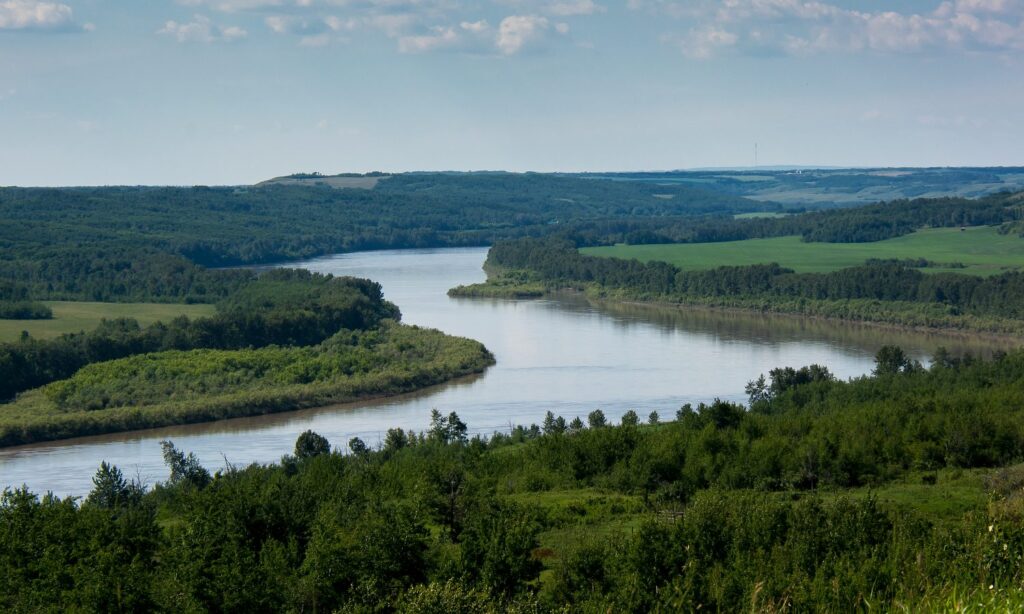
Still, how does one define a ‘pristine viewscape’? While the answer is admittedly subjective, there are some obvious answers.
Everyone visits our Provincial Parks to get away from urban sprawl to immerse themselves in nature, beauty, and peace. After all, the Provincial Park Act states: “Parks are established, and are to be maintained for the preservation of Alberta’s natural heritage, for the conservation and management of flora and fauna, for the preservation of specified areas, landscapes and natural features… to facilitate their use and enjoyment for outdoor recreation, education and the appreciation and experiencing of Alberta’s natural heritage, and to ensure their lasting protection for the benefit of present and future generations.”1
Nothing says “preserve our ‘natural heritage'” better than a row of 45 turbines reaching a fifth of a kilometre into the sky above a Provincial Park, or at night, those blinking red lights on the horizon illuminating our campfires.
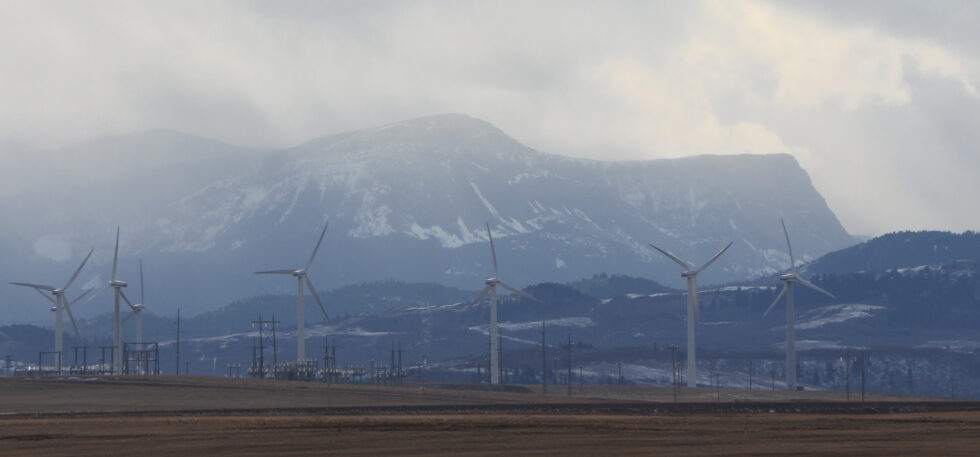
And then there are Alberta’s major rivers such as the North and South Saskatchewan, the Bow, Red Deer, Peace, Athabasca and others. Entire communities are built on these, often with subdivisions designed especially to take advantage of the spectacular ‘pristine viewscapes.’ And what of our recreational lakes where cabin owners and city dwellers escape on the weekends?
Who Decides?
The Rural Municipalities of Alberta (RMA) issued their response to this dilemma stating:
It is currently unclear how “pristine viewscapes” will be defined, but an overly broad definition could risk sterilizing renewable growth in large areas of the province, causing significant missed opportunities for both industry and rural municipalities. The RMA will continue to advocate that viewscape impacts be evaluated on a case-by-case basis.
Press Release, February 29, 2024
But has the RMA asked rural Albertans if they even want or need unreliable and costly renewable energy projects that have driven up their utility bills and, in many places, destroyed their landscapes? Sterilizing these projects sounds like a responsible thing to do.
Moreover, who exactly is the RMA advocating to evaluate viewscape impacts on a “case-by-case” basis? If the answer is the Alberta Utilities Commission (AUC), then we’re right back at the beginning. It’s precisely because the AUC has been rubber-stamping nearly every single wind and solar project, despite the protests of Alberta communities, that a public inquiry was launched in part.
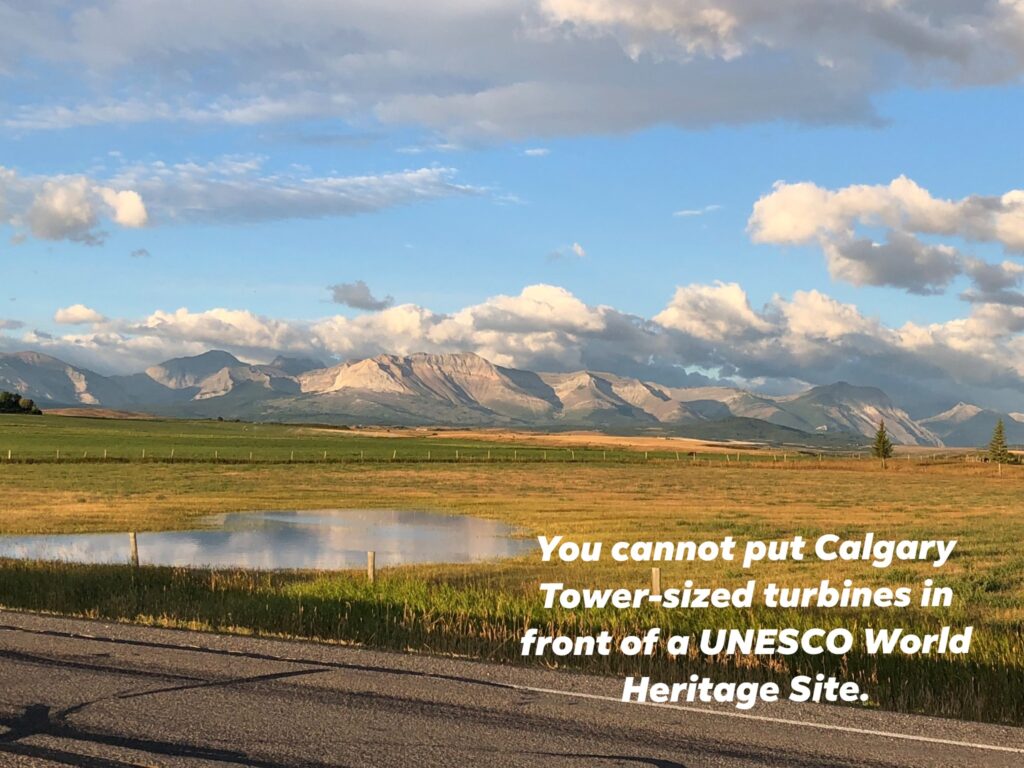
It would seem to us that it is the municipalities who should have the first say on the precious and forgotten resource of beauty in their regions. It appears the government thinks so too, at least to a certain degree. Their recent measures include granting municipalities the right to participate in AUC hearings and recover their costs for participation.2
In that regard, it is time for municipal counties to define for themselves what constitutes a ‘pristine viewscape’ in their regions. Then, the burden would be placed on wind corporations and the AUC to prove why an industrial wind factory is justified in destroying yet another community’s landscape.
That said, is beauty only when forests, rivers, and mountains are in view? Tell that to Southern Albertans or Saskatchewanites who delight in their open skies and endless views…
Not Needed Anyway
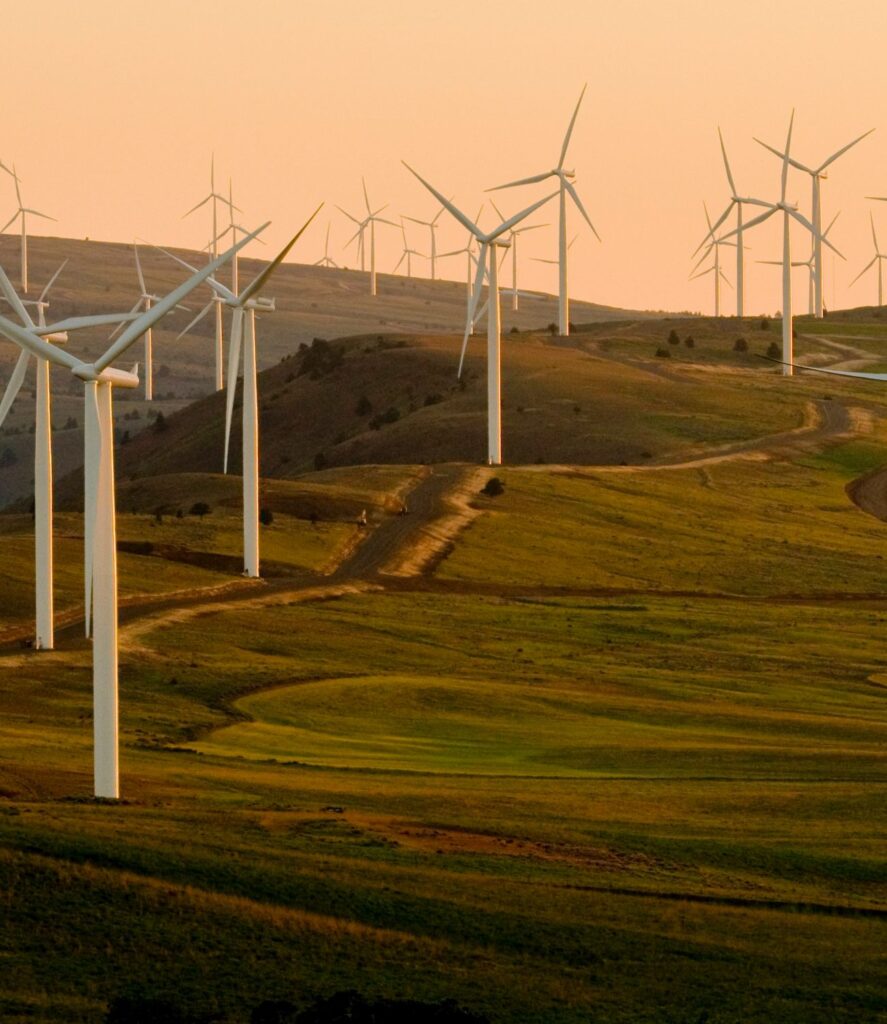
According to one map, just buffering protected areas alone would eliminate vast swaths from being eligible for wind turbines. But if you add to that major rivers and recreational lakes, there would be even less. But anyone who has studied the impacts of industrial wind factories isn’t losing sleep over that possibility. Indeed, Wind Concerns has been clear that there is every justification for a complete moratorium on wind energy due to their destructive impacts on every level — from devastation to bird, bat, and insect populations, to enormous devaluation of property values, to health impacts on humans and animals, impacts on soil, earthworms, and water tables, to destablizing the grid, to economies.
Finally, the Premier stated that “You cannot build wind turbines… in your neighbour’s backyard”. We agree, and are calling the Provincial Government to enact setbacks of at least 15km from rural residences, not only to mitigate impacts on rural settings, but to protect human and livestock health, according to recent studies.3
There’s less intrusive and far less destructive renewable options than wind. And with a province sitting on an abundance of natural gas, it makes no sense whatsoever to destroy any pristine viewscapes with these turbines.4 Placating wind corporations is the last thing we ought to be doing considering how “reliable” wind factories have been — when we needed energy most.
- 3, a-e; canlii.org[↩]
- “Renewed Path Forward for Renewable Energy“, February 28, 2024[↩]
- cf. Turbine Sickness: How Far Away is Safe?[↩]
- cf. Not in the Public Interest[↩]
Mark Mallett is a former award-winning reporter with CTV Edmonton and an independent researcher and author. His family homesteaded between Vermilion and Cold Lake, Alberta, and now resides in the Lakeland region. Mark is Editor in Chief of Wind Concerns.

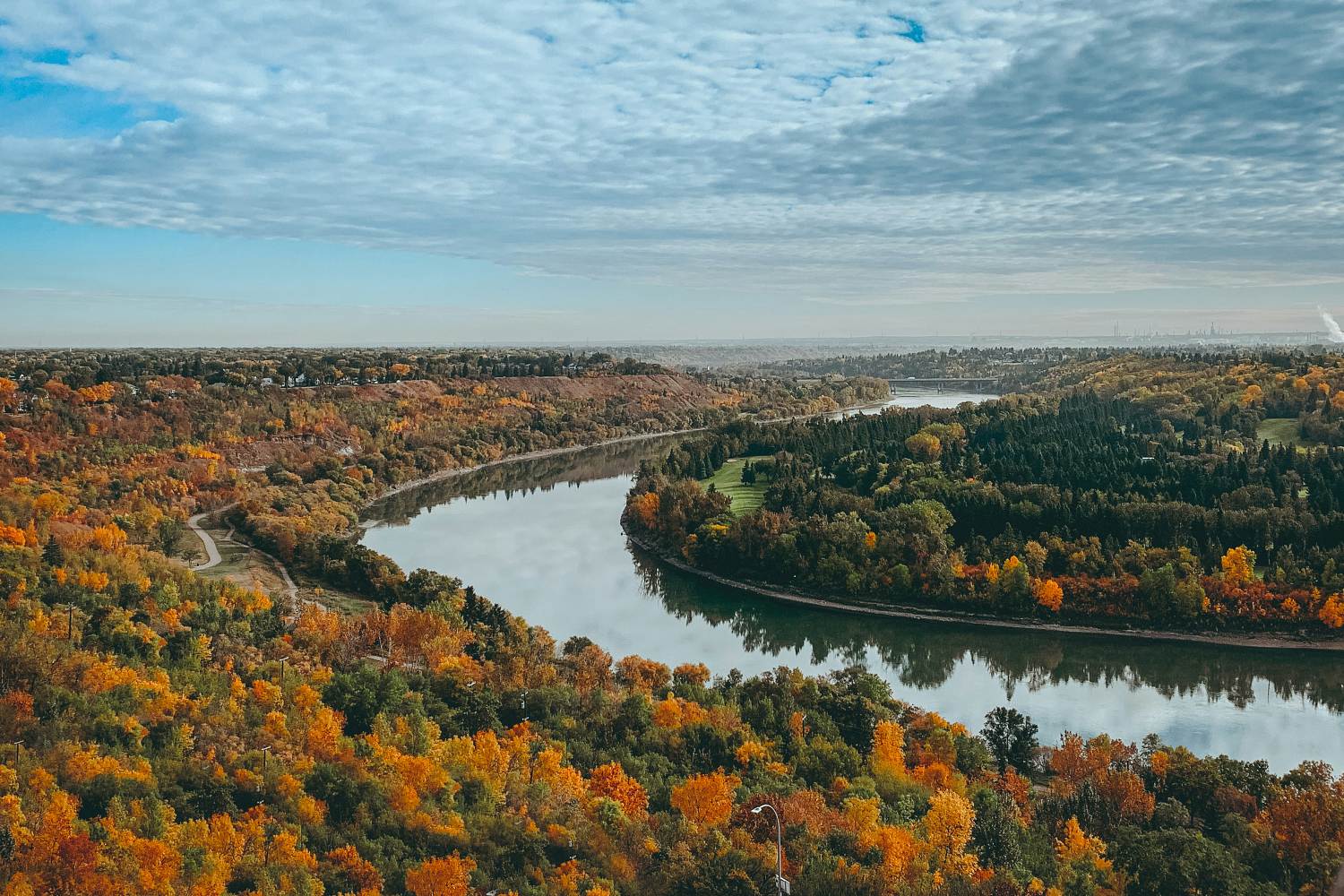

In Ontario, under Premiers Dalton McGuinty and then Kathleen Wynn, industrial scale turbines were sited along the shoreline communities of the Great Lakes. Landowners who objected were ridiculed publicly. They were called NIMBYS…’not in my back yard’. What they were actually objecting to were the already known health impacts of innocent men, women and children who were going to have to deal with trespassing noise. Of course, the visual impact to their pastoral shoreline neighbourhoods was also an assault. They were actually saying ‘not in anybody’s back yard’.
The Liberal government was then decimated at the next election. They even lost their party status.Residents still haven’t been able to get Premier Doug Ford’s government to protect them. Turbines are still running that were sited less than 2 km from homes and farms. Residents have tried everything they can think of to get them to turn the turbines off, but the government has clearly enabled the wind industry instead of protecting the residents.
Be grateful for Premier Danielle Smith.